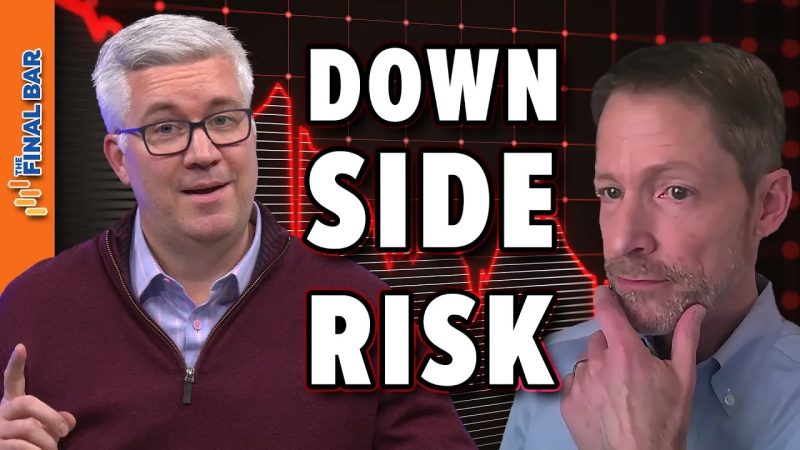As we navigate the complexities of investing in the fast-paced world of finance, it is essential to understand the concept of downside risk, especially in a bullish market. While a bullish market signifies optimism and upward momentum, investors must also be aware of the potential downsides that come with it. Let’s delve deeper into how downside risk manifests in a bullish market and explore strategies to manage and mitigate these risks effectively.
Market participants often find themselves in a state of exuberance during a bullish phase, as rising stock prices and positive sentiment fuel investor confidence. However, this optimism can sometimes lead to a false sense of security, as investors may underestimate the inherent risks in the market. Downside risk refers to the potential for investments to decline in value, resulting in financial losses for investors.
In a bullish market environment, downside risks can materialize in various forms. One common risk is market correction, where overvalued assets experience a significant price decline to align with their intrinsic value. This correction can catch investors off guard, leading to sudden and substantial losses. Additionally, geopolitical events, economic downturns, or unforeseen market disruptions can trigger a sudden downturn in an otherwise bullish market, amplifying downside risk.
To effectively manage downside risk in a bullish market, investors can employ several strategies. Diversification is a key risk management technique that involves spreading investments across different asset classes and sectors to reduce concentration risk. By diversifying their portfolios, investors can mitigate the impact of a downturn in any single asset or market segment.
Another essential strategy is setting stop-loss orders, which automatically sell an asset once it reaches a predetermined price level. Stop-loss orders help limit potential losses by enforcing discipline and preventing emotional decision-making during market turbulence. Additionally, conducting thorough research and due diligence before making investment decisions can help investors identify potential risks and opportunities in the market.
Furthermore, staying informed about market trends, economic indicators, and global developments is crucial for anticipating and navigating downside risks effectively. By staying vigilant and proactive, investors can position themselves to protect their portfolios and capitalize on opportunities that arise during market downturns.
Risk management should be an integral part of every investor’s strategy, regardless of market conditions. In a bullish market, where optimism runs high, being mindful of potential downside risks is paramount to safeguarding investments and achieving long-term financial success. By understanding the nature of downside risk, implementing sound risk management strategies, and staying informed and vigilant, investors can navigate the uncertainties of a bullish market with confidence and resilience.
